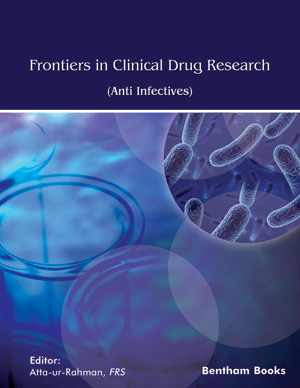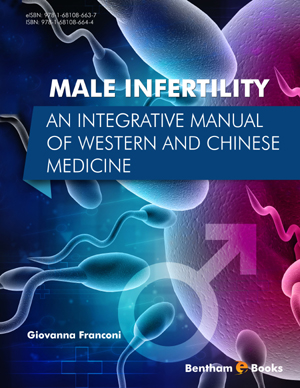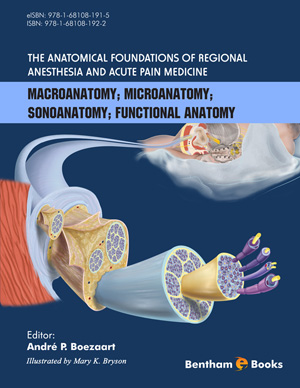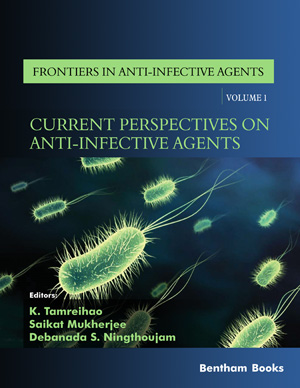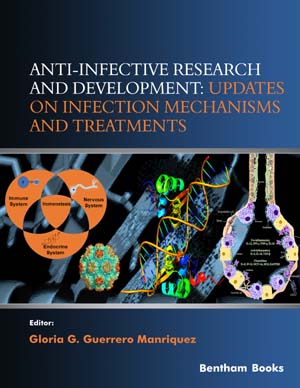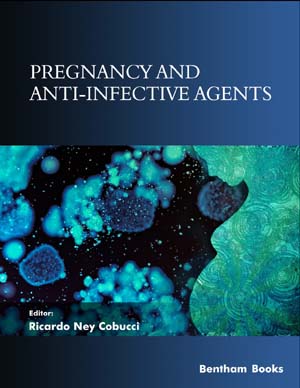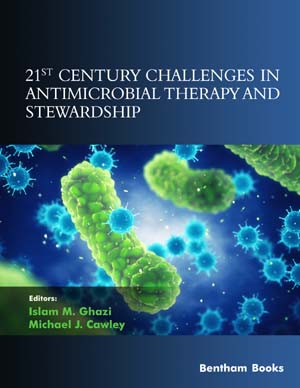Abstract
Anti-infectives, by definition, refers to the drugs that can act against infection either by inhibiting the spread of infectious agents or killing them outright. These include a plethora of compounds that encompass antibiotics, anti-fungals, antihelmintics, anti-malarials, anti-leishmanials, anti-protozoals, anti-tuberculosis, and antivirals properties. This chapter is dedicated to specifically focus on articles related to the anti-leishmanial therapeutics which entails drug development, techniques to improvise drug delivery, and identification of new cost-effective better therapeutics which would have immense potential to overcome all the limitations of the present-day therapies. Leishmaniasis is a dreaded parasitic disease caused by the protozoan parasites of the genus Leishmania. It can be categorized into three types: cutaneous, mucocutaneous, and visceral, amongst which visceral leishmaniasis (VL) is a neglected tropical disease that results in significant morbidity and mortality worldwide. Approximately 500,000 new cases per year of visceral leishmaniasis (VL) are supposed to occur globally, of which 90% of the new cases are found to affect just five countries, including India. Therapeutic measures those in vogue, again pose a number of serious limitations related to toxicity, lengthy regime, drug side effects, drug resistance, and cost, making overall treatment a complex issue. Again, VL poses unique problems in different settings which is a major threat for the choice of treatment. Furthermore, fundamental differences in the behavior of the causative parasites and the response of the host to the pathogen in different settings may also vary which can complicate the choice of treatment. The healthcare provision for VL patients in India is not up to the mark as it is a poorly standardized system of private care, which is associated with relatively high costs, thus making treatment difficult for the poor population. This is especially a ‘disease of the poor' mostly affecting the lower socio-economic population who is malnourished and cannot strictly abide by regular monitoring or follow-ups during treatment owing to poverty reasons. Drug resistance has become a growing limitation because the partially recovered patients has the possibility of developing parasites resistant to treatment due to insufficient drug dosage, which in turn gets transmitted to new patients causing primary drug resistance. To alleviate all these problems of current therapies encountered so far, it is a necessity of paramount importance to explore and develop new drugs that can enrich the known small armamentarium of anti-leishmanials. Discovering new chemotherapeutics that are cheap, effective, less toxic and capable to overcome drug resistance will help to better combat the disease. Available treatment options are quite limited, and planning to switch to combination therapy is also equally important, as it can scale up treatment efficacy. Overall, this chapter aims to highlight the challenges of the current antileishmanial therapies, coupled with the unraveling of the new therapeutic modalities and their mechanisms of action which potentiates them as better anti-leishmanial agents, thereby overcoming the problems of present-day therapeutics. Furthermore, it will also shed light on the importance of various immunomodulators and investigational drugs which might come up as effective, remedial therapeutics against leishmaniasis, in the future trials.
Keywords: Amphotericin, Anti-Leishmanial, Antimonials, Chemotherapy, Cutaneous Leishmaniasis (CL), Drug Delivery, Drug-Resistance, Immunomodulators, Miltefosine, Visceral Leishmaniasis(VL).


